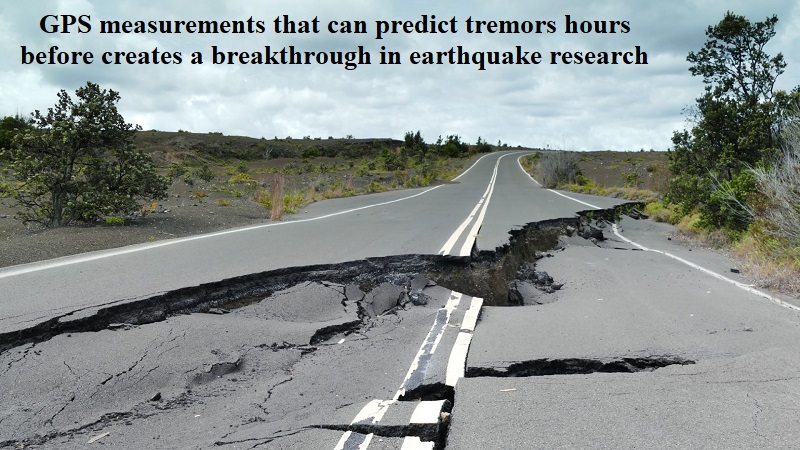
For a long time, scientists have struggled to predict earthquakes due to the lack of reliable precursors, but two researchers may have made a significant breakthrough in this area. According to their findings, earthquakes could potentially be detected through GPS measurements, even several hours before the main event.
Quentin Bletery, a seismologist at the Institut de Recherche pour le Développement and the Université Côte d’Azur in France, sees this discovery as a significant step forward. By analyzing a dataset from the University of Nevada at Reno, Bletery and his colleague Jean-Mathieu Nocquet focused on GPS stations near known earthquake zones with magnitudes of 7.0 or higher.
Their research revealed that in the final two hours before an earthquake, the ground’s motion often began to align with the expected motion caused by the quake, intensifying as the time of the quake approached. This pattern was not typically observed during randomly selected two-hour windows without earthquakes, suggesting that the observed motion in the final two hours may serve as precursors to earthquakes.
While the research provides valuable insights into earthquake behavior and offers hope for future advancements in earthquake prediction, there are significant challenges in transforming this knowledge into a reliable earthquake prediction method. Current instruments are not sensitive enough to detect this motion in advance, requiring technology that is approximately 50 times more sensitive.
Despite the technological gap, Bletery believes that the discovery itself is a sign of progress, challenging the notion that earthquakes are chaotic, instantaneous events caused by sudden fault movements. Instead, the observed two-hour preview suggests that earthquakes may have precursor elements that could potentially be identified beforehand.
The researchers’ findings also raised intriguing questions. When examining GPS data along Japan’s coast, they discovered motions that seemed to match far in advance of the magnitude 9.0 Tohoku-Oki earthquake that triggered a devastating tsunami in 2011, following a repeating cycle of approximately 3.6 hours. The cause of this cycle remains a mystery.

Post Your Comments